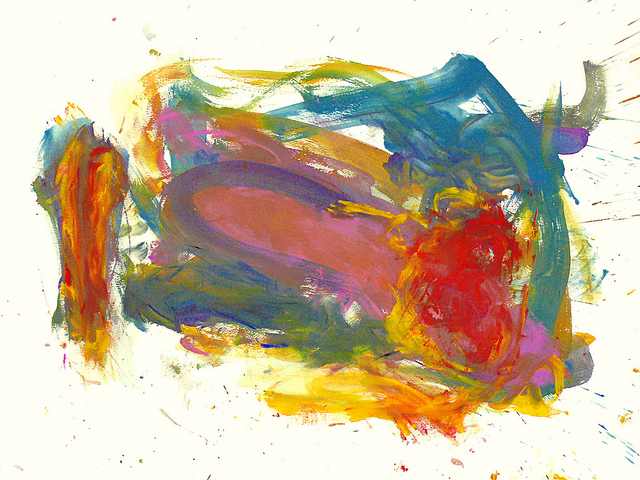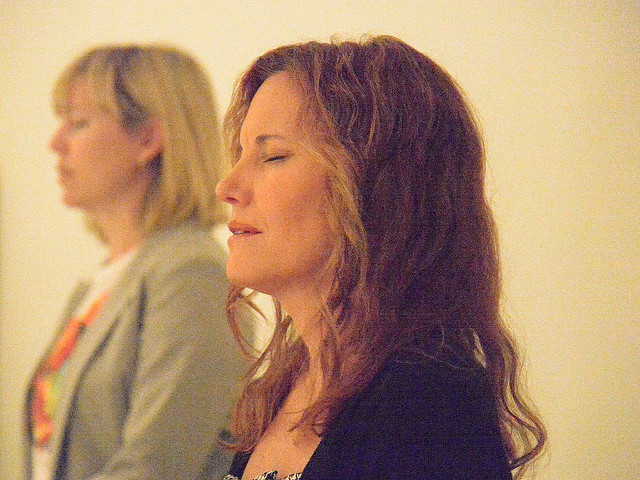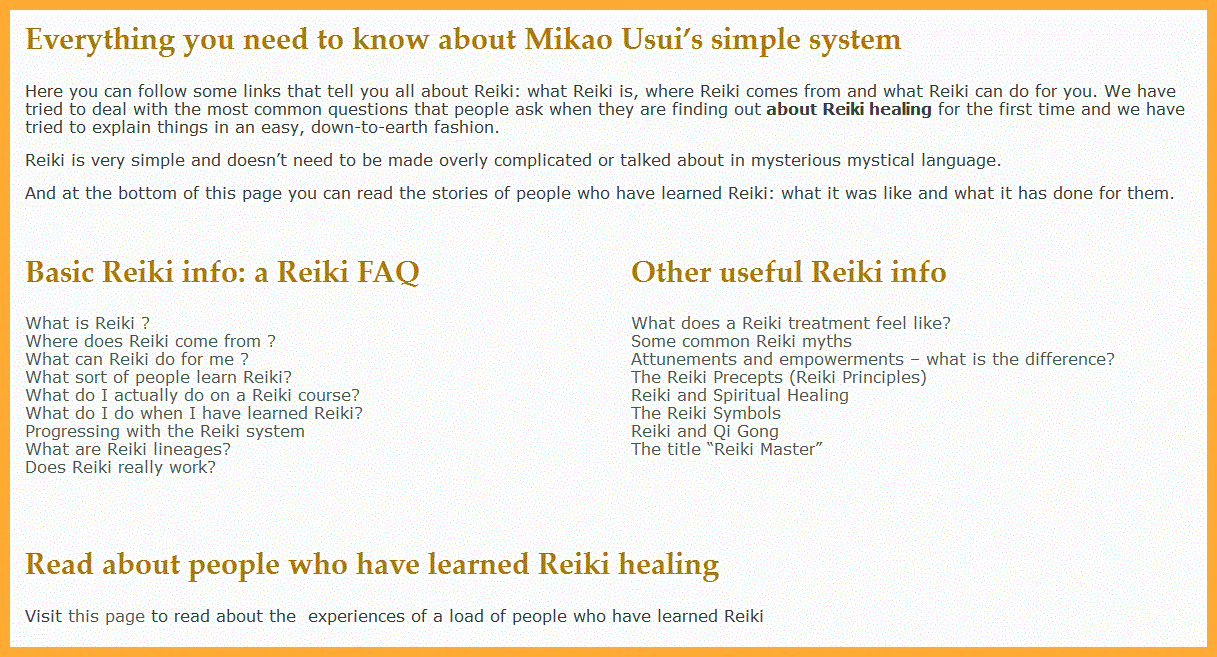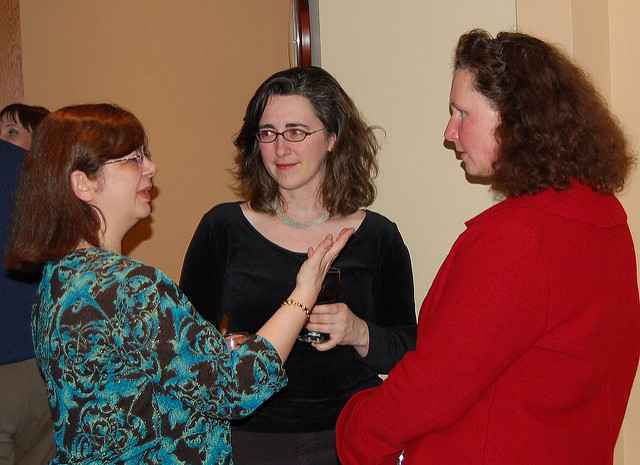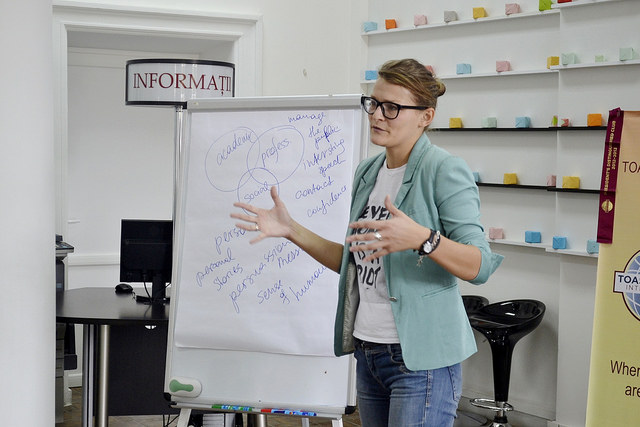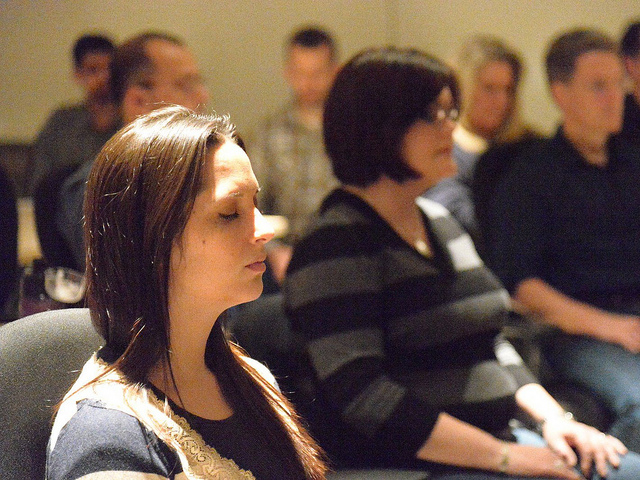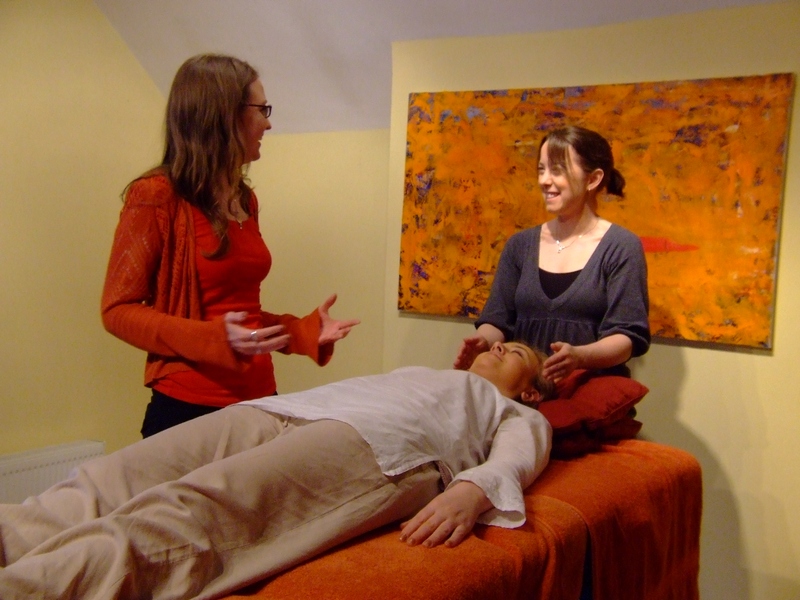
What is a Reiki practice day?
This is I suppose a little bit like a Reiki share, where people have the opportunity to give and receive Reiki treatments, but they are doing this in pairs, or in groups of three, while under the supervision of a Reiki teacher. So it is more of a follow-up teaching day, where students can get some more practice and have their questions answered. It could be organised as a half-a-day for people at First Degree and a half-a-day for people at Second Degree, or you could mix both levels together. You don’t have to follow a really rigid structure, and you can be guided by the needs of the participants on the day.
Why run a Reiki practice day?
Reiki practice days are ideal for people who have taken a First Degree course and who haven’t had too much of a chance to treat other people, so they’re not feeling too confident yet and maybe they haven’t received sufficient positive feedback from people thaey have worked on to feel that Reiki is definitely working for them.
Such a day is also ideally suited for people who have recently completed a Second Degree course and would like some supervised practice so they can explore the new approaches they were taught on their Second Degree course. They can explore using intent, for example, practise opening to intuition, and they will receive probably more useful feedback from the person they are treating than would be the case if they were practising on a non-Reiki-attuned volunteer.
Reiki practice days are also suitable for people who learned Reiki some time ago and now want to get back into treating other people, and would like a bit of advice or support before unleashing themselves again on friends and family, and the general public!
What do people get out of such a day?
Two things: confidence and reassurance.
You create a safe place where people are all there to help and support each other, and you provide helpful and supportive comments, suggesting things, confirming that students are doing things well and can trust any impressions that they may be having about where to spend longer during a treatment, say, or in terms of where they feel they need to rest their hands. You can encourage them when they are feeling the energy field or scanning, and reassure them that they don’t need to worry about ‘getting things wrong’.
Students can have their questions and nagging doubts dealt with: things may have occurred to them since their course that they were wondering about but they didn’t want to bother their teacher about that, and you can deal with those thinsg face-to-face. Or things may happen during their supervised treatments that prompt them to ask questions that they had forgotten they wanted to ask about.
Of course, no-one has answers to every question about Reiki, and sometimes the answer might be “no-one knows” or “nobody knows and it doesn’t matter anyway”; it can be useful for people to hear that.
What you will need
You will need a venue, of course, big enough to accommodate one treatment table for every 2-3 participants. You’ll need something that you can play some background music on, and it is nice to have refreshments on hand. Partly this can be a social occasion where students talk to and support each other, and you can facilitate this.
Here’s a possible format
Energy exercises: Start by talking everyone through Hatsurei ho (or Kenyoku followed by Joshin Kokkyu ho), or you can play the “Reiki Meditations” audio CD or MP3 track, so you can join in too!
Empowerments: While everyone is sitting quietly, you can go round giving everyone simple Reiju empowerments.
Sharing experiences: Encourage participants to talk about their experiences of working on other people. What amazed them, what puzzled or concerned them, what doubts or questions do they have about what they have experienced thus far when using Reiki on themselves and other people?
Treat others under supervision: Students then treat each other in pairs or groups of three. As a group you can talk them through the beginning of a treatment: the ACBMF sequence, you can suggest the feeling of the energy field and scanning, as you would on a First Degree course, but in an abbreviated way (you’re not here to teach people things for the first time: you’re here to remind and encourage them!) and then you can let them carry on with the treatment as they wish. You are on hand all the time, you can move from table to table, occasionally suggesting things; by being available and close by, students are likely to call you over to ask you something about what they are doing or experiencing.
Feedback: Once all the treatments have finished, you can all get together as a group and ask people for feedback about what they found interesting or useful, what they noticed or experienced (giving the treatment or being the recipient) and any ‘aha’ moments that they had and want to share. You can pick up on different comments and use them as brief ‘teaching points’, but this is not a big teaching session: just make a few useful and positive points to keep people focused on the main issues and principles. You don’t want to disappear down an obscure side-alley!
Coordinating treatments given by two people

If your students end in a group of three when treating each other, with one person lying on the treatment table and the others treating them, they may need some guidance as to how to work this. This is what can happen:
Both ‘treaters’ can spend a little while feeling the recipient’s energy field and doing a bit of scanning. Then one sits down at the head of the table while the other stands by the recipient’s torso, as you can see in the illustration above.
The person sitting at the head of the table can start with the head/shoulders for a while, to get the energy flowing and to make the recipient all relaxed and open to the energy, then moving on to treat the (1) crown, (2) temples, (3) back of head, (4) front of face, and (5) throat positions.
At the same time, the person standing by the table can start with the heart/solar plexus for a while, for a longer period than they will spend on the subsequent hand positions, then moving on to treat the (1) abdomen, (2) hips, (3) thighs, (4) knees, and (5) ankles positions.
As the treatment finishes, the standing person smooths down the energy field and both treaters ‘disconnect’.
Giving advice to students
Students’ questions and doubts will probably revolve around these sorts of issues:
- Hand positions
- Feeling the energy field
- Scanning
- Interpreting different sensations
- Wondering whether their intuition is working OK
You are there to provide reassurance that they do not need to follow the instructions to the letter for fear of the treatment or their Reiki ‘not working’ in some way: that the energy is flexible and accommodates many different approaches and ways of working. You will spend your time reassuring them that they can trust what they are feeling in their hands (whether that means a particularly strong or interesting sensation… or a lack of any sensation in a particular area). And you will encourage them to accept and trust what they are noticing intuitively: whether they feel strangely drawn to work on a particular area, or to stay for longer in a particular area, or whether they feel that their hands are drifting to a particular place.
You can help them by doing some quick scanning yourself, or feeling the energy field, to confirm taht you are picking up a similar thing, while explaining that people’s sensations can differ, and while they may feel heat or buzzing, you have a different but broadly equivalent sensation. And you can quickly see where your hands want to drift to, to confirm that you agree with what is coming to them intuitively, or to confirm that there’s not much of an intuitive pull anywhere for this particular recipient; sometimes it is important or useful to be able to say to someone “no, there’s nothing interesting to notice here”, so the message they receive is “you’re not missing something here because there’s nothing to notice… so you were right!”
Did you like this blog?
If so, you are going to love this book…
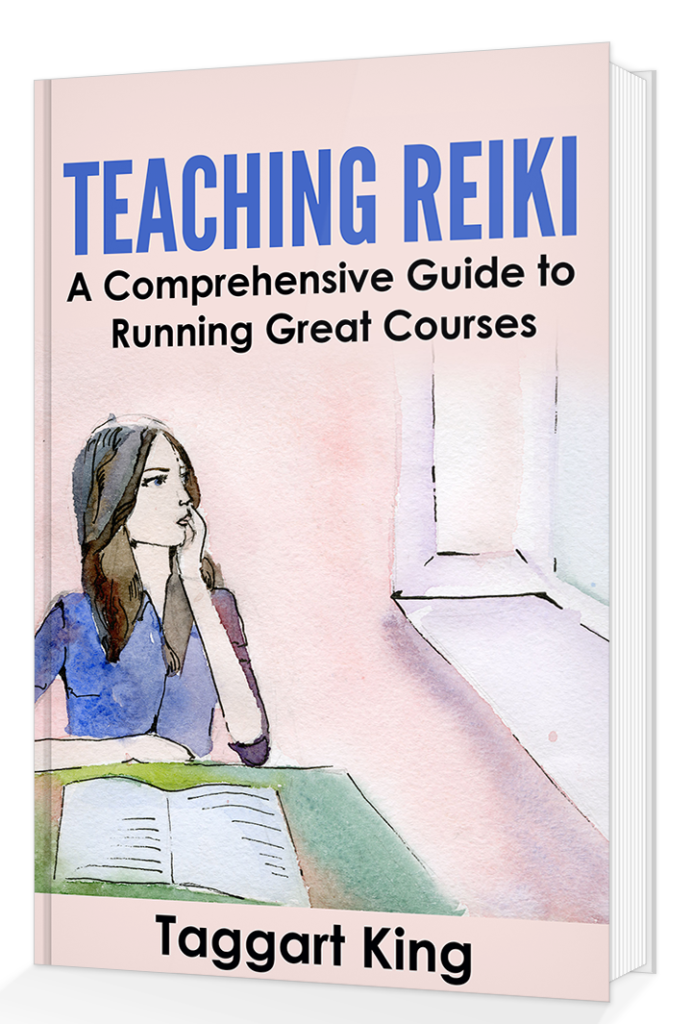
“Spot on! I’ve been teaching reiki for many years and I must say I wish this book had landed back then!
I’ve put together courses and really would have loved a book like this to refer back to, it’s concise, clear, laid out really well and is informative and a mini support system to boot.
If you’re entering the Reiki world with an aim to become Master/Teacher then having this book in your armoury will benefit you.”
S J Price
Teaching Reiki
A Comprehensive Guide to Running Great Courses
This is the book I really wish had been available when I started running Reiki courses in 1997. And it would have helped me greatly in my journey as a Reiki teacher thereafter.
You’ll find a wealth of advice about how to set up and run your Reiki courses: read articles about planning and structuring your courses; find out how to explain things to students in a way that honours their learning preferences and personality types; discover how to create top quality course materials and how to support your students long-term.
We look at the differences between ‘Western’ and Original Japanese Reiki and I explain how I created “Reiki Evolution” courses, which pass on the essence of Reiki’s original form. Read this book and you’ll know how to teach “Reiki Evolution” style: what to say, what to teach, and even how to teach Reiki in a ten-week ‘Evening Class’ format.
This book will be of interest to anyone who is about to start teaching Reiki, or to established Reiki teachers who are interested in enhancing the quality of their courses.
Read the contents list before you order, if you like, by clicking on this link: Table of contents
Book: 370 pages.
Price: £15.99 + p&p
Or Download a PDF version now for only £12.49












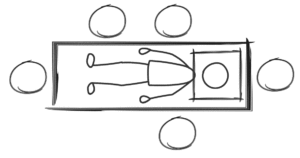


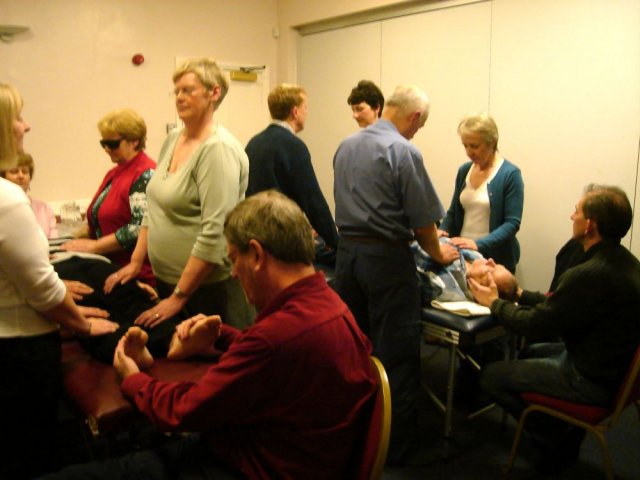

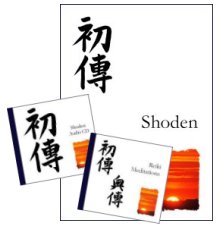 I have put together comprehensive and detailed course manuals and easy-to-listen-to audio CDs with commentaries and guided meditations. All these are available for you to use on your own courses (no matter what lineage you have) and you can order them in packs of four at greatly discounted prices.
I have put together comprehensive and detailed course manuals and easy-to-listen-to audio CDs with commentaries and guided meditations. All these are available for you to use on your own courses (no matter what lineage you have) and you can order them in packs of four at greatly discounted prices.
